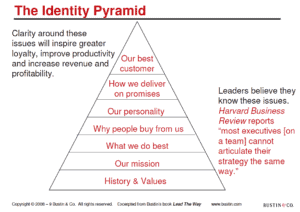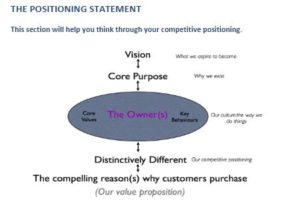While it may not always appear to be the case, banks are generally very keen to lend money to businesses. However, due to stringent guidelines and red tape, it can seem quite difficult to actually get credit approval. Maintaining a good banking relationship can be the key to this. Here are some simple tips to help your business (particularly your finance department) improve this relationship.
Change Your Mind-set
Dealing with the banks is a state of mind. If you consider the relationship to be ‘master and slave’, that is exactly the kind of relationship that will develop. Instead, think of it as a relationship of equals. Bank relationship managers are just like any other supplier, so negotiating with banks is really no different from negotiating with other suppliers. The product being negotiated just happens to be money.
Understand Your Bank’s Requirements
As with any negotiation situation, both parties have a list of requirements. You will already be intimately familiar with your own needs and goals. By taking the time to understand your bank’s list of requirements as well, you can help the relationships develop much more smoothly.
A bank requires 5 key things:
1. High-quality management – your leadership team should consist of people who have a reliable track record and a proven ability to overcome obstacles.
2. Thorough financial information – this should include comprehensive reviews of past performance and insightful analysis into where the business is heading. The maintaining of these records isn’t just important for the information itself; it is also a reflection of the personnel in charge of maintaining it.
3. Income – a relationship manager’s top priority will always be securing the best price. Once the credit has been approved, it’s up to the relationship manager and his or her director to decide on the actual price.
4. Loan repayment – the credit team will assess the forecasts while also taking into consideration the bank manager’s recommendations and observations. You need to clearly demonstrate how money will be repaid and openly discuss the factors that these repayments will hinge upon. Credit teams are often cautious in regards to repayment proposals (e.g. if sales end up amounting to only half of what is expected, they want to see that the debt can still be repaid). If you have already scaled back your numbers to allow for this, you need to make sure this is apparent in your presentation and discussions – otherwise your figures will be halved a second time!
5. Security – when you think of business finance, recognise that this field is actually divided into two specific types of finance: equity and debt. Equity funders understand that returns may be unpredictable, and they charge a higher rate to facilitate this risk. Debt providers expect to be paid back regardless of what happens, and the price of their finance reflects the inherent risk of this not happening. At the end of the day, any bank simply needs to ensure that their deal has a safety net and won’t backfire on them if things go poorly.
Make Sure You Have the Right Banking Relationship Manager
The quality of relationship managers can vary significantly, and this will have a substantial impact on the quality of your relationship with your bank. The best relationship managers can demonstrate very quickly that they both understand your business and you personally.
The best test is to ask yourself if you trust your relationship manager sufficiently to tell them openly when something goes wrong. If you cannot answer this positively, you should have a look at the relationship and determine what steps need to be taken to fix this – whether that means having a comprehensive catch-up meeting to discuss your concerns or requesting a new relationship manager.
The Benefits of a Good Banking Relationship
Aside from having greater opportunities to secure essential finance for your business, having a strong relationship with your banking relationship manager can have a multitude of other advantages. For example, you can:
- Rely on your bank for general advice and guidance on a range of financial matters
- Expect to hear about new products, services and deals as they become available
- Access other relevant financial products for your business, perhaps at a reduced rate
- Trust your relationship manager to work towards your goals and evaluate your business’s circumstances transparently
- Genuinely enjoy dealing with your bank, rather than dreading it!
As you can see, a good relationship with your bank – as with almost any good relationship – is well worth a little bit of work. In some cases, having the right part time CFO can make the crucial difference; please don’t hesitate to contact us if this is something you are currently lacking. In the meantime, we hope these tips will help you strengthen your rapport with your bank.










